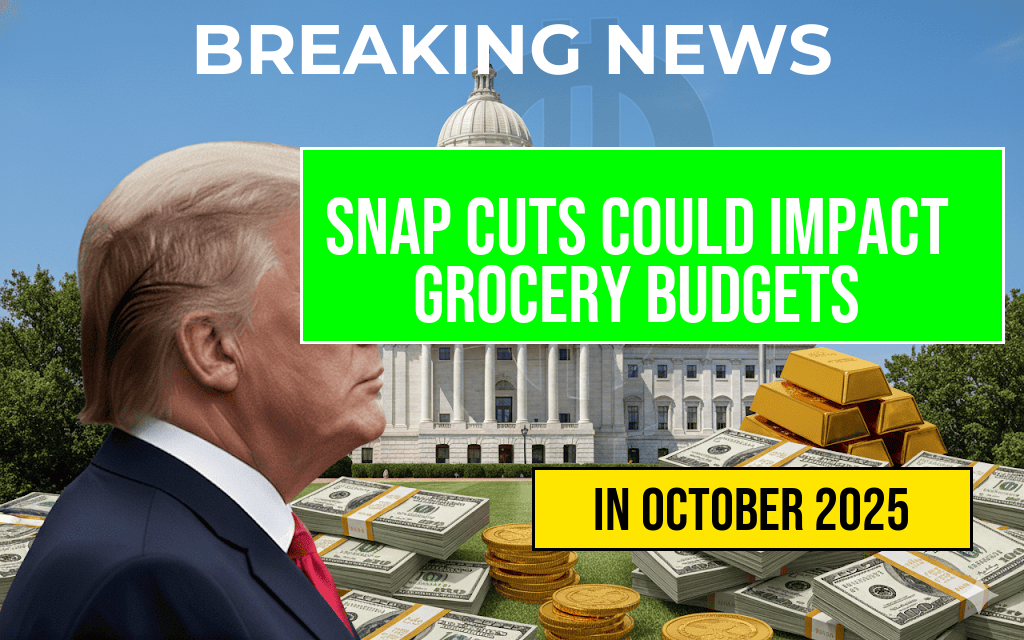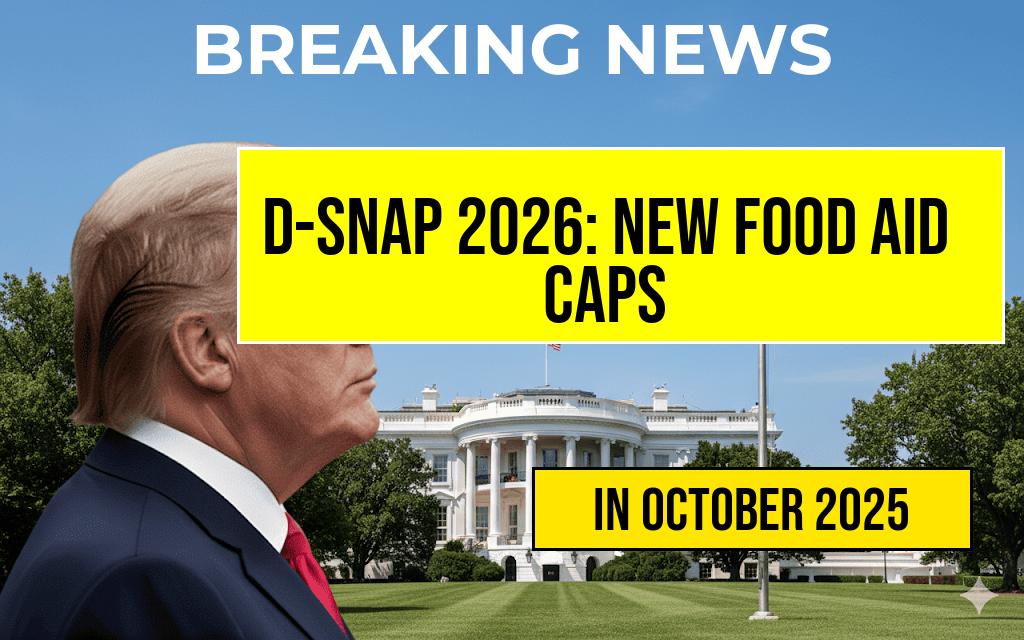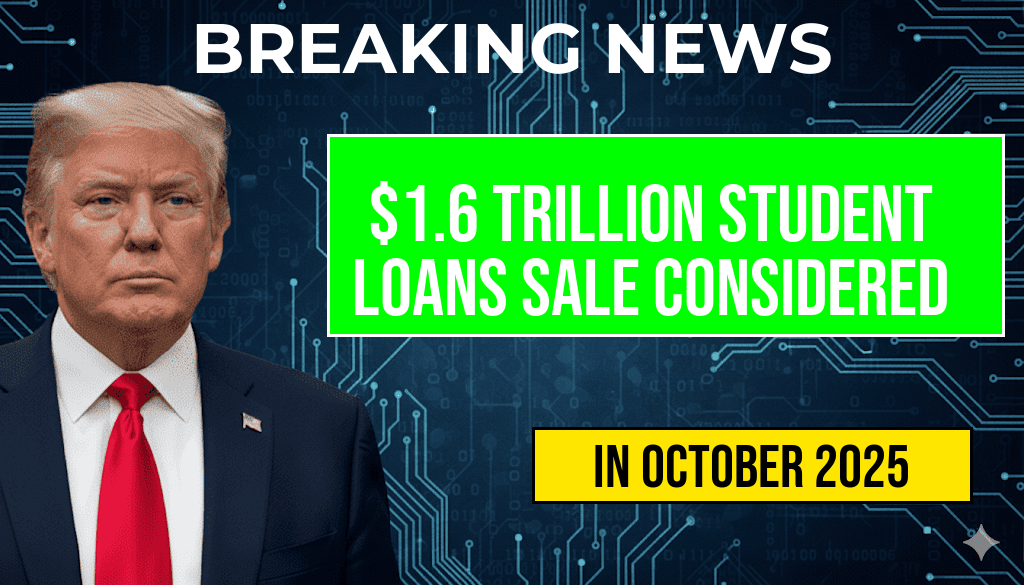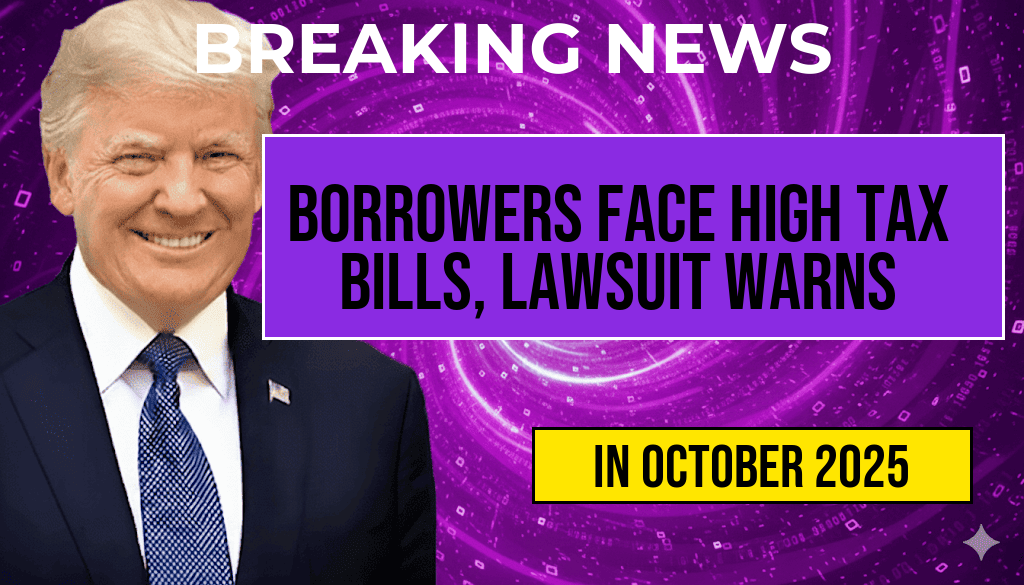The upcoming revisions to the Supplemental Nutrition Assistance Program (SNAP) as part of the Farm Bill could result in significant budget cuts, potentially totaling $30 billion over the next decade. This proposal, currently under consideration by lawmakers, aims to streamline benefits and reduce federal spending amid ongoing discussions about the agricultural sector’s future. If implemented, these changes could have profound implications for millions of American families who rely on SNAP assistance to maintain their grocery budgets. As the 2023 Farm Bill moves through Congress, stakeholders from various sectors are voicing their concerns about the potential impact on food security and nutritional access across the country.
Understanding SNAP and Its Role in American Households
SNAP, formerly known as food stamps, provides vital assistance to low-income individuals and families, enabling them to purchase food and essential items. According to the U.S. Department of Agriculture, approximately 42 million Americans benefited from the program in 2022, highlighting its critical role in combating food insecurity.
Proposed Revisions and Their Potential Impact
The proposed revisions in the Farm Bill could involve stricter work requirements, eligibility adjustments, and reductions in benefit amounts. These changes are primarily aimed at addressing concerns about program efficiency and fraud. However, critics argue that they could disproportionately affect vulnerable populations, including children, the elderly, and individuals with disabilities.
- Stricter Work Requirements: Lawmakers are considering implementing more rigorous work-related criteria for SNAP recipients. This could mean that individuals must demonstrate consistent employment or job-seeking activity to maintain their benefits.
- Eligibility Adjustments: Changes in income thresholds and asset limits could render many families ineligible for support, forcing them to stretch their grocery budgets further.
- Benefit Reductions: Some proposed amendments aim to decrease the monthly benefit amounts, which could lead to increased food insecurity for millions of Americans.
Economic and Social Implications
The potential cuts to SNAP funding could reverberate throughout the economy. With fewer resources available for low-income families, there is a risk of increased demand on food banks and community resources. A 2021 report from the Feeding America network indicated that food insecurity rates could rise sharply if SNAP benefits are reduced.
Moreover, reduced access to nutrition could have long-term health implications, particularly for children. Studies suggest that food insecurity is linked to a range of health issues, including obesity, diabetes, and developmental challenges. As families are forced to make difficult choices between groceries and other necessities, the consequences could extend beyond individual health to impact public health systems and economic productivity.
Stakeholder Reactions
Reactions to the proposed SNAP revisions have been mixed. Advocacy groups, including the Food Research & Action Center, have expressed alarm at the potential for increased hardship among low-income households. They argue that the program should be strengthened, not weakened, to address the rising cost of living and inflation.
Conversely, some lawmakers and economic analysts argue that reforms are necessary to ensure the program’s sustainability in the face of increasing federal budget pressures. They contend that a more efficient SNAP could better serve those who genuinely need assistance while reducing the risk of misuse.
Looking Ahead
As Congress deliberates over the Farm Bill and its provisions for SNAP, the future of the program hangs in the balance. The proposed revisions could reshape the landscape of food assistance in the U.S., significantly impacting grocery budgets for millions of families. Stakeholders from various sectors will continue to advocate for their positions, hoping to influence the outcome in a way that supports both economic and nutritional security.
| Year | Projected Budget Cut (in billions) |
|---|---|
| 2024 | 3 |
| 2025 | 3.5 |
| 2026 | 4 |
| 2027 | 3.5 |
| 2028 | 4.5 |
| 2029 | 4.5 |
| 2030 | 3.5 |
As the debate unfolds, it remains crucial for policymakers to consider not only the fiscal implications of SNAP revisions but also their broader impact on food security and public health.
Frequently Asked Questions
What are the proposed changes to SNAP in the Farm Bill?
The proposed changes to SNAP (Supplemental Nutrition Assistance Program) in the Farm Bill could lead to significant budget cuts, potentially totaling $30 billion over the next decade. These revisions aim to reform the program, but could affect many households that rely on assistance for their grocery budgets.
How will the cuts to SNAP affect families?
Families relying on SNAP benefits may face challenges in managing their grocery budgets due to reduced assistance. This could lead to increased food insecurity, making it harder for low-income households to afford nutritious food options.
What is the timeline for these SNAP revisions?
The Farm Bill is typically reviewed and updated every five years, with discussions around the current proposed revisions ongoing. If approved, the changes to SNAP could take effect as part of the new legislation, impacting families in the coming years.
Are there any alternatives for families affected by SNAP cuts?
Families affected by potential SNAP cuts can explore other assistance programs, such as local food banks, community resources, and state-specific aid programs that may help mitigate the impact on their grocery budgets.
What are the arguments for and against the SNAP revisions?
Proponents of the revisions argue that budget cuts could lead to more efficient use of resources and encourage self-sufficiency. Conversely, critics contend that these cuts will disproportionately harm vulnerable populations and exacerbate food insecurity among low-income families.







